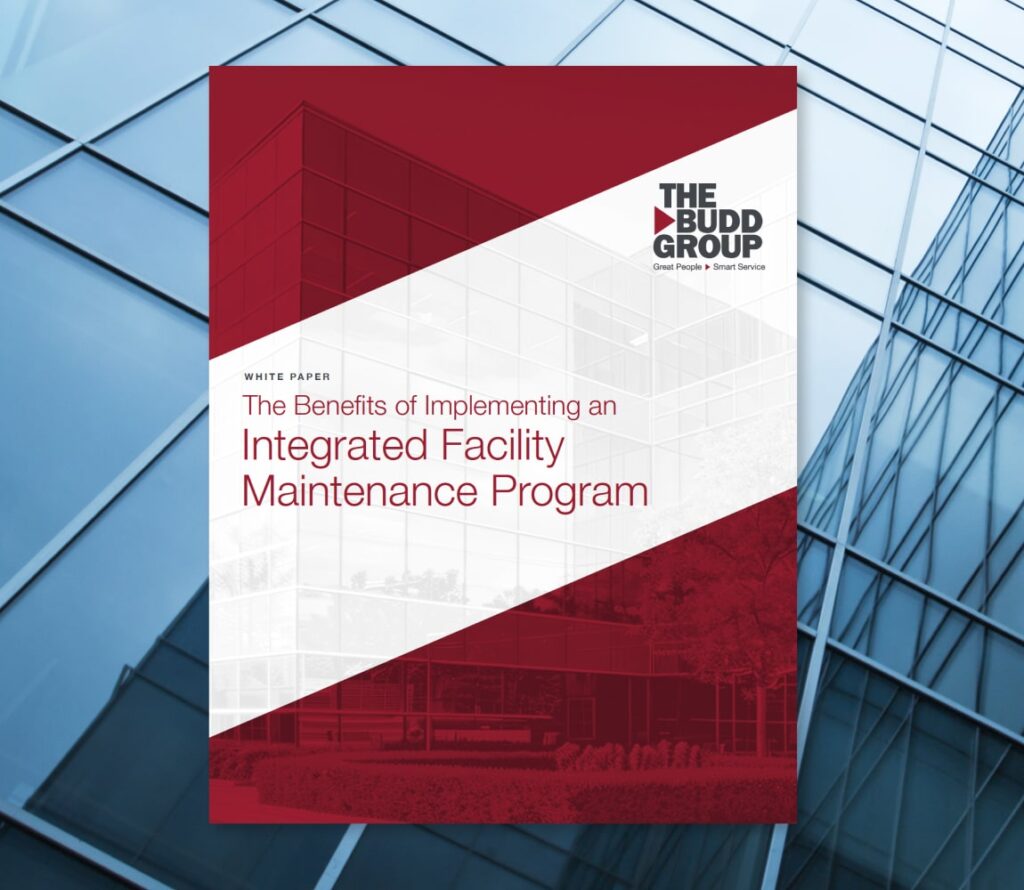Confidentiality is key across industries. And while many businesses now store their sensitive information on secure digital servers, paper documents are far from extinct. Indeed, according to a report by the Environmental Paper Network, worldwide paper use is actually on the rise and has now surpassed 400 million tons annually. As we learn more about the negative impact paper waste can have on the environment, some businesses have begun to seek ways to reduce paper usage and develop recycling programs to minimize their footprint. Some even seek to eliminate paper from their operations entirely. This transition will take time, though, and we’re far from being a paperless society. So, what should businesses do with their paper when they’re done with it? Documents that contain confidential information shouldn’t just be crumpled up and tossed aside, as they can easily end up in the wrong hands. Burning paper certainly erases the evidence but harms the environment in the process. As such, paper shredding has become the industry standard for disposing of sensitive documents. But what happens to shredded paper after it’s reduced to cryptic strips?
Landfill vs. Recycling
The answer to this question will vary depending on how you set up your recycling and trash removal processes, and how well you and your staff adhere to these practices. Shredded paper can certainly add to the mountains of trash strewn across the land. Or, this material can be made into new paper, albeit after plenty of processing. The latter option is better for the environment and the paper industry as a whole, keeping costs down in the long-term.
How to Ensure Your Shredded Paper Gets Recycled
When it’s time to get rid of your shredded paper, develop a recycling program for your workplace to make sure that all paper materials end up in the proper bins. This may require some training and a few gentle reminders. Place signage on your bins to clearly indicate where paper should go, and make these bins easy to locate and use. If you outsource your janitorial services, make sure they’re in on this operation, too. Then, coordinate with paper recycling companies to pick up and process your shredded documents. Once your paper ends up in the right hands, here’s what happens next.
Baling and Milling the Paper
The paper recycling company will throw loads of shredded paper into a baler, which uses hydraulics to compress thousands of pounds of paper into a denser state. The company then sends these paper bales to paper mills, where they will be further processed.
Eliminating Impurities and Breaking the Paper Down
Paper mills will separate impurities (like ink and materials that got tossed in with the paper) from the paper itself, typically via water and certain chemicals. Then, the paper is further broken down into its purest state. Now, the paper is more of a pulp, not at all resembling the millions of dry, shredded pieces it was once made of.
Creating New Paper Goods
Finally, the material can be used to create new paper products, such as office paper, toilet paper, paper towels, paper plates, and more. Different mills will produce different products. And the paper you once shredded and recycled might end up in your workplace once more, completing the cycle. In the end, what happens to your shredded documents is largely up to you. If you want to reduce your business’s negative environmental impact, take the time to recycle your shredded documents. And work with janitorial companies that are similarly committed to recycling and reducing waste. At The Budd Group, we seek to protect the quality and diversity of our environment and continually improve our performance regarding sustainable, ecologically sound best practices. To learn more about our services, our people, and our mission, give us a call today at (800) 221-8158!

